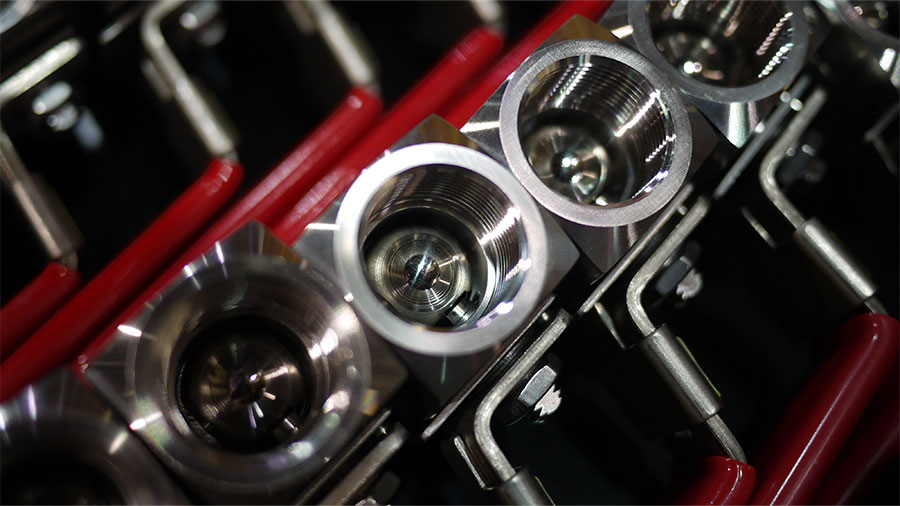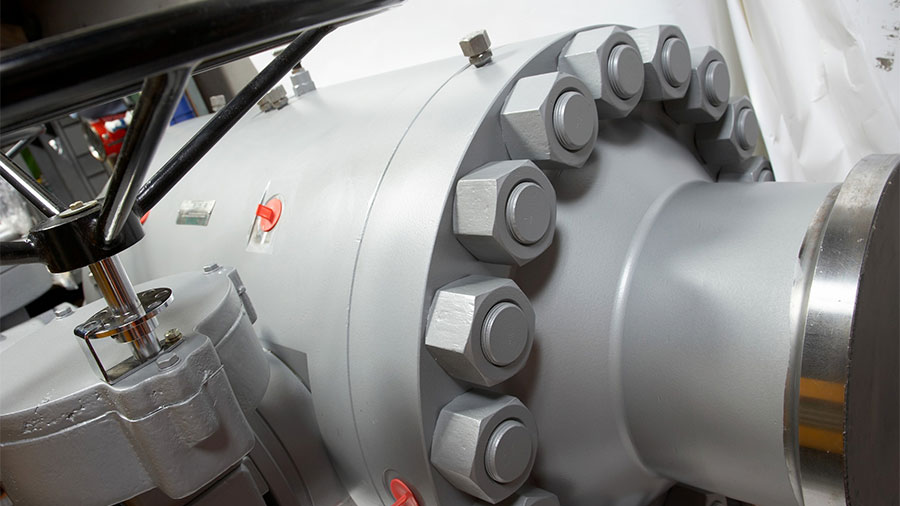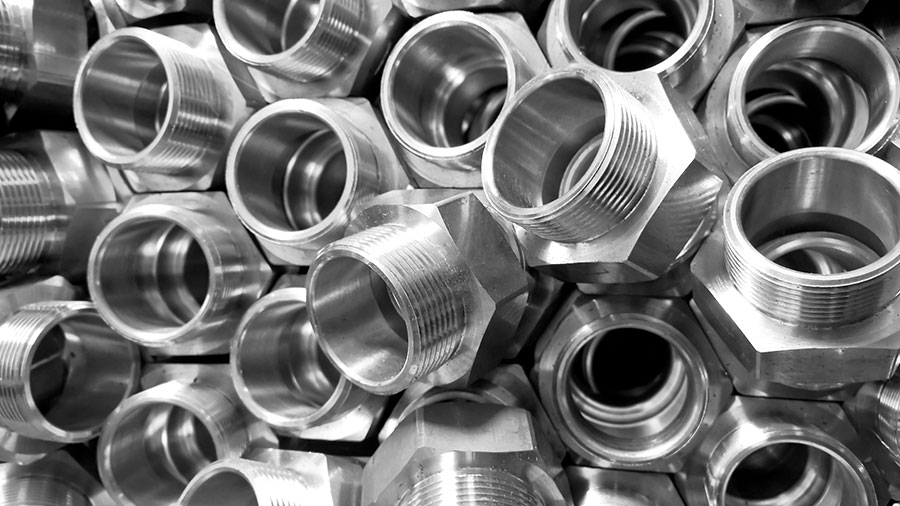
Let’s face it, ball valves are everywhere, they are one of the most commonly used valves in the oil and gas industry, but there’s a lot to know about their uses and the different types.
A pipeline ball valve is a type of valve that uses a spherical rotating ball to isolate the flow of a medium through itself. The primary function of a ball valve is to isolate parts of a plumbed system by starting, stopping, or adjusting the flow of liquid or gas.
The Benefits of Ball Valves
- Easy to see if it is open or closed. When the handle is in line with the pipe, you can easily tell that the valve is open; and when the handle is perpendicular to the pipe, the valve is closed. This is a great visual indication of whether there is flow through the valve or not.
- As an alternative to Lever’s the valves can easily be supplied with Gearboxes or actuators complete with clear identification confirming if the valve is open or closed.
- Operation after years of disuse is easy. The durability of ball valves allows them to work and completely shut off flow after years of inactivity. This provides extra peace of mind.
- A Quick positive shut-off is achieved from a one-quarter turn operation
- A more compact and economical valve. Thanks to the design of ball valves, they are more compact than other valves. By using a rotating ball, ball valves are smaller and require less materials.
- Due to the Ball’s inherent design the flow of media is unobstructed, resulting in reduced turbulence and increasing flow output.
Floating Ball Valve Design
With this design, the ball is held between two ball seats by dividing the seats against it. The ball can be turned 90 degrees and is driven by a shaft that connects to a slot in the top of the ball. The slot allows a little lateral movement of the ball due to the influence of upstream line pressure.
The design principle around floating ball valves is that they are loaded by line pressure against the downstream seat, which is why it is always regarded as the primary seat.
Trunnion Mounted Ball Valve Design
In the Trunnion Mounted Ball Valve Design, the ball is supported by a trunnion and not the valve seats, allowing much higher pressure and temperature ratings on larger size valves. The concept behind this is that the shaft and trunnion are both manufactured from a one-piece construction.
To facilitate loading, the upstream seat is designed to move forward against the ball and thus, in a trunnion mounted ball valve; the primary seat is formed at the upstream side. A spring mechanism is also incorporated behind both seats to ensure even seat loading at low pressures and provide a secondary seat on the downstream side.
As with floating ball valve designs, trunnion-mounted ball valves are capable of bi-directional shut-off.
We are specialists when it comes to the design and manufacturing of Ball Valves.
If you would like more information, please contact Oliver Twinsafe today!


